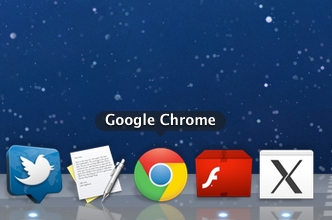

Start the macOS Virtual Machine in VirtualBox.
GOOGLE CHROME DOWNLOAD FOR MAC OS X ISO
Next, in “Storage,” add an optical drive in “Controller: SATA,” and then you’ll click on “Choose disk” and navigate to the location where you have your Mac ISO file located.The storage made for your Mac VM should be located where enough space is available either on your Chromebook, USB flash drive, or SD card.In “Display,” you can use the maximum amount of video memory that’s available. LastPass for Google Chrome (Mac OS X) v3.1.44 (Latest stable version) LastPass for Google Chrome (Mac OS X) v3.1.9 LastPass for Google Chrome (Mac OS X) v3.0.Where it says “Hardware Virtualization,” ensures that both the “Enable VT-x/AMD-V” and “Enable Nested Paging” are both checked “off.” Then, click on the “Acceleration” tab.Go to “System” and where it says “Extended Features,” uncheck “Enable EFI (special OSes only)” and uncheck “Hardware Clock in UTC Time.” Make sure the base memory falls within the green line.When your Mac Virtual Machine gets created, you’ll want to go into “Settings” in the Oracle VM VirtualBox Manager. Click the “Create” button once you’ve finished.

GOOGLE CHROME DOWNLOAD FOR MAC OS X INSTALL
Install VirtualBox to Install macOS on a Virtual Machine Now, type “sudo sh setup-headers.sh” which executes that header script.Type “wget ” and then press “Enter” on your Chromebook keyboard.Be sure you’re located in the home directory. Once you’re in the terminal in Ubuntu, you’ll download another script that sets up your headers. You’ll now be in Ubuntu Linux and need to open the terminal. Now, you’re going to start up Ubuntu Linux by typing “sudo startunity.”.Then, you’ll get the script to execute itself by typing “sudo sh ~/Downloads/change-kernel-flags” and pressing “Enter” on your Chromebook keyboard.Then, type “wget ” and press “Enter” on your Chromebook keyboard.Next, type “shell.” Then, download the script that someone already wrote to make this process easier.



 0 kommentar(er)
0 kommentar(er)
